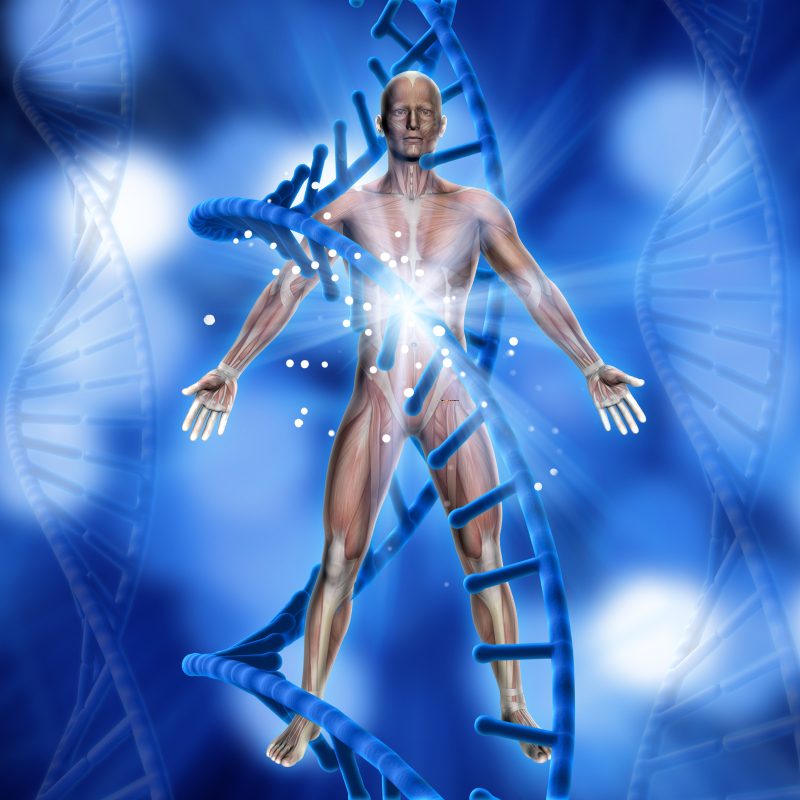Many people turn to classic fitness goals like losing weight or gaining muscle to pursue a healthier, more attractive physique. However, body recomposition is a brilliant approach to merging these two views. It is based on concurrent fat reduction and muscle gain, leading to a much leaner and more toned body.
Body recomposition might be your game-changer if you are tired of this conventional system. Let’s get into the science and strategies behind this innovative approach.
What is Body Recomposition?
Body recomposition is the method of changing the ratio of fat to muscle that is on your body. Unlike body recomposition, which mainly shallows plain calorie reduction for general weight loss through fat, an alternative approach is required since the latter is multifaceted. Body recomposition focuses on not just losing weight but improving body composition quality with increased lean muscle mass and decreased fat.
The Science Behind Body Recomposition

To understand body recomposition, you must first understand some basic physiology. Your body is constantly balancing energy consumed and energy expended. When your consumption becomes less than your burning, you are likely to lose weight, but in most cases, muscle and fat are also shed. Conversely, when you increase consumption, weight is gained. But it can be muscle or fat due to your training and diet.
Body recomposition is a careful balancing act. You need to take in enough protein to fuel muscle gain and have a strength training program to stress the muscles into growth. At the same time, you must keep your calorie intake in a zone where, at the same time, you can burn fat. This, for most, probably means eating your food at or slightly below what you need to maintain your activity level—high enough for good workouts and muscle repair/growth but low enough so you do not pack on a lot of extra fat.
Effective Methods for Body Recomposition
Here are some of the effective methods of body recomposition:

1. Priority Strength Training
Body recomposition is based on strength training. Lifting heavy weights or doing body resistance exercises builds muscle, sculpting your body much better and raising your metabolic rate. Aim for a good mixture of compound movements such as squats and deadlifts and isolation exercises such as bicep curls and tricep extensions to hit different muscle groups effectively.
2. Optimize Protein Intake
Protein is a valuable nutrient required to repair and build your muscles. Eat protein from your meals, including chicken, fish, tofu, beans, or Greek yogurt. General recommendations include consuming approximately 1.6 to 2.2 grams of protein per kilogram of body weight. This will ensure your muscles get the building blocks necessary for recovery and growth. According to a 2018 study, every person on a high protein muscle-building diet of over 1g/lb or body weight gained muscle while losing 1 kg of fat.
3. Control Your Caloric Intake
In body recomposition, maintaining a modest caloric deficit—a consumption of fewer calories than you burn, but not at a level that will harm muscle gain—is a crucial principle. A moderate deficit, usually in the range of 200–500, often works well. This way, you lose fat while providing energy to support muscle-gaining activities.
4. Add Cardiovascular Exercise
But do not replace strength training with cardio. Go for cardio sessions at moderate intensities, such as brisk walking or cycling; these can be done as often as possible. High-intensity interval training should be done at least once weekly since it promotes muscle loss.
5. Monitor and Adjust
Monitor your progress to ensure your work is going in the right direction. You will want to see changes in body composition through different methods, such as body measurements, progress pictures, and strength gains. Based on your results, be willing to change your diet and training regimen.

How Long Will Your Body Recomposition Take?
Often, when people plan to go through intensive training or dieting, they have this question. However, the destination should be your goal. Instead, you should look at it as more of a lifelong practice. You do not have to think about shifting your weight by losing fat and gaining muscle. Besides that, you should know that the timeline for your body recomposition depends on your factors. These factors include your genetics, existing exercises, diet, body composition, and resting habits.
In several cases, it takes weeks or months for the transformation to become noticeable. So, instead of achieving long-term goals, you should learn to celebrate the tiny victories. It may be that your sleep pattern is getting better, your mood is improving, or you have more energy.
Is Body Recomposition Safe and Sound For You?
Like any other workout or diet plan, it can be absolutely safe for you. However, it may not work out for some people, while others might overemphasize and harm themselves. According to healthcare professionals, body recomposition is only a marker of health. They further say that your physical and mental health impact your quality of life much more deeply, regardless of your body shape and size.

Moreover, healthy people generally have different shapes. Even though being overweight welcomes the chances of several diseases, like diabetes and heart problems, you can combat them with regular exercise. Additionally, having a lean and muscular body does not guarantee optimal health.
However, incorporating body recomposition can improve your lifestyle, as it focuses on building a healthier relationship with food and exercise. So, instead of trying to lose or gain weight quickly, you should do the right things to keep your mind and body healthy.
Conclusion
Body recomposition is a balanced, sustainable process of getting a more ripped and larger body. You can effectively change your body composition by emphasizing strength training, maximizing protein, controlling calorie intake, adding cardio, and tracking everything.
If you decide to use value-added services for personal support and follow-up, consider finding a certified fitness instructor or nutritionist who can develop a plan tailored to your needs and objectives
For more health and wellness blogs and updates, stay tuned to World of Heal.
Exciting guest posting opportunities are available on our website! For details, contact us at affiliates[@]prasarnet[.]com.

Vicky collaborates closely with doctors, scientists, and professionals in the medical and pharmaceutical industries. Having worked with SBU Community Clinic in the USA, he is dynamic in writing and publishing health-related guest blogging services, offering valuable insights in the healthcare field.














